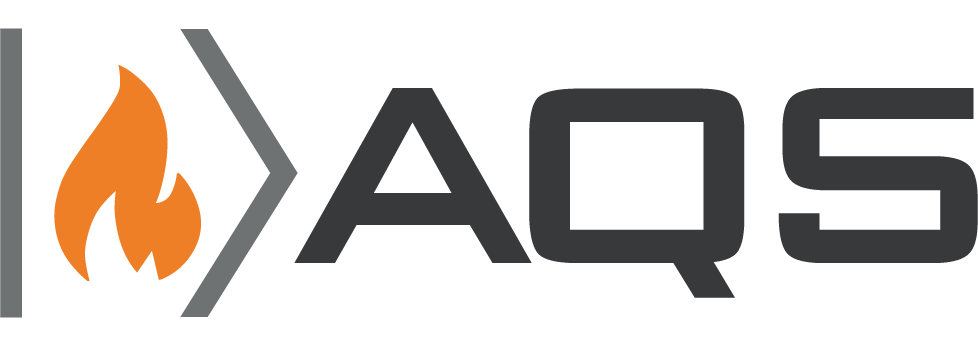ArrayFire Quantum Simulator AQS is a C++14 Quantum Computer Simulator library using ArrayFire as the backend for high performance simulators across various devices (CPUs and GPUs).
The library supports simulations of up to 30 qubits, but it's limited to the hardware's memory resources.
- Fast and optimized simulations of circuits
- Lightweight, portable, and extendable library
- Intuitive to use with its high level of abstraction
- Allows granular control through its api allowing for easy access of the underlying arrays through ArrayFire
- Multiple special gates that implement complex features without the need of manual implementations
- Includes a circuit displayer from constructed circuits
A simple example to simulate entaglement of two qubits:
// Initialize library
aqs::initialize(argc, argv);
// Create a 2-qubit Quantum Circuit
aqs::QCircuit qc{ 2 };
// Add gates to the circuit
qc << aqs::H{0} << aqs::CX{ 0 , 1 };
// Compile the circuit (Optional)
qc.compile();
// Create a 2-qubit Simulator with qubits initialized to the |1> state
aqs::QSimulator qs{ 2 , aqs::QState::one() };
// Simulate the circuit with the simulator
qs.simulate(qc);
// Profile the simulation for 100 simulations
aqs::print_profile(qs.profile_measure_all(100));
You can display your circuits from a schematic:
std::string schematic =
// Declare number of qubits
"2;"
// Initialize their states
"0,1;"
"1,1;"
// Add Gates
"H,0,1: 0;"
"X,1,1: 0 , 1;";
// Print
std::cout << aqs::gen_circuit_text_image(schematic);and get an output in your terminal like this:
┌───┐
|1⟩──┤ H ├──────█────
└───┘ │
┌─┴─┐
|1⟩───────────┤ X ├──
└───┘ - Clone the library
git clone https://github.com/edwinsolisf/afQuantumSim.git my_path-
Compile the library
- CMake:
cd my_path mkdir build && cd build cmake .. make
- Manually: compile the source files
quantum.h,quantum_algo.cpp,quantum_gates.cpp,quantum_visual.cpp, andutils.cppwith its respective headers into a library
-
Add the correct include path and link the library into your program
- CMake: link with the target
afquantum
- CMake: link with the target
You can compile the examples, tests, and benchmarks in CMake by enabling the options AQS_BUILD_EXAMPLES, AQS_BUILD_TESTS, and AQS_BUILD_BENCHMARKS, respectively.
A walkthrough on how to use the library is provided inside the USAGE.md file inside docs.
For information on specific methods and classes, you can build the Doxygen documentation with the Doxyfile created by CMake in the build folder:
cd my_path/build
Doxygen
open html/index.htmlIt requires at least C++14 and ArrayFire 3.8 is sufficient to run. It has been tested to run correctly with ArrayFire CPU and ArrayFire OpenCL.
It requires the lastest version of NLOPT optimization library for the Variational Quantum Eigensolvers optimizers
